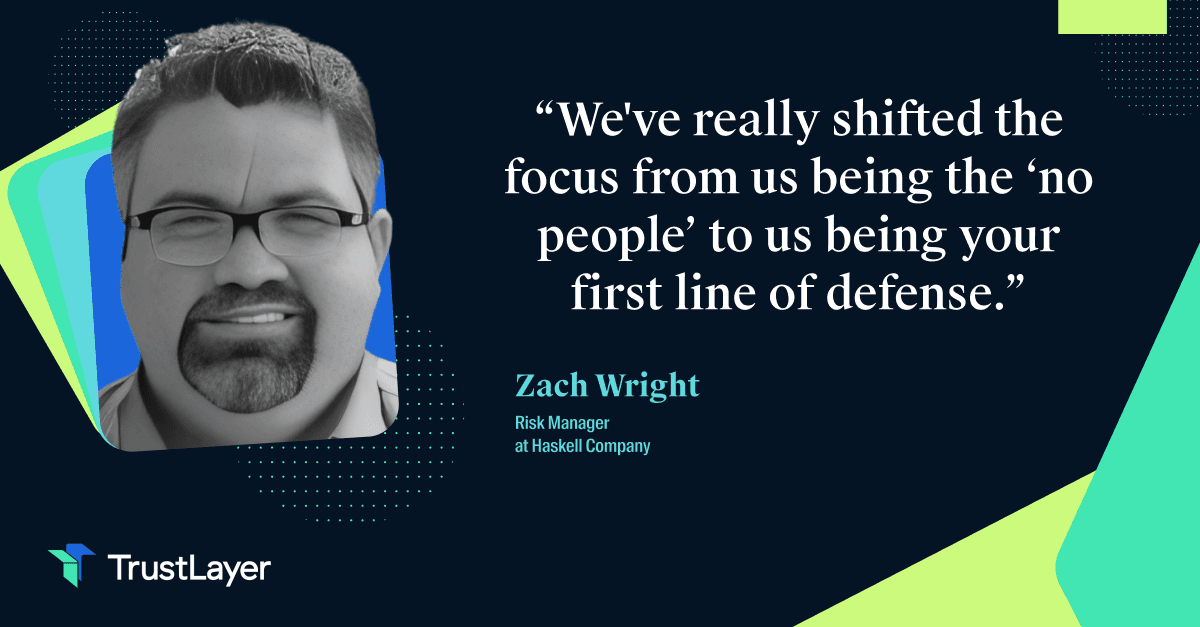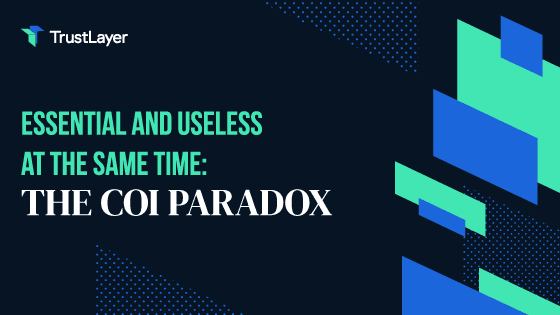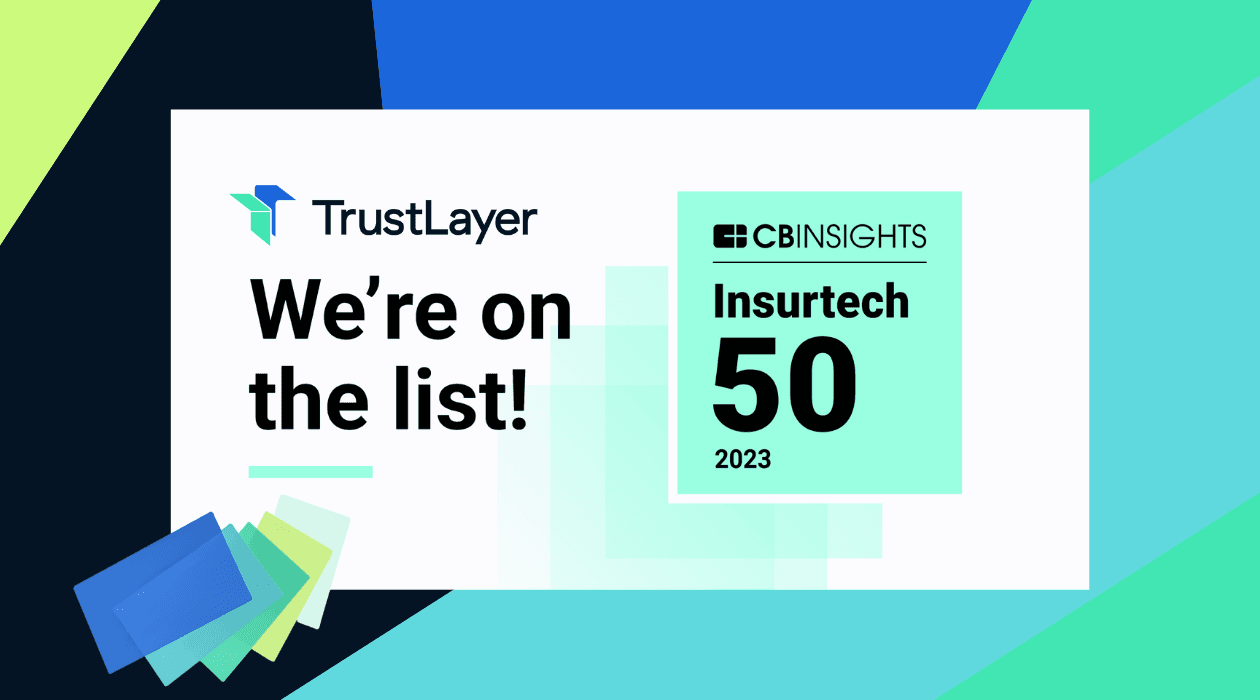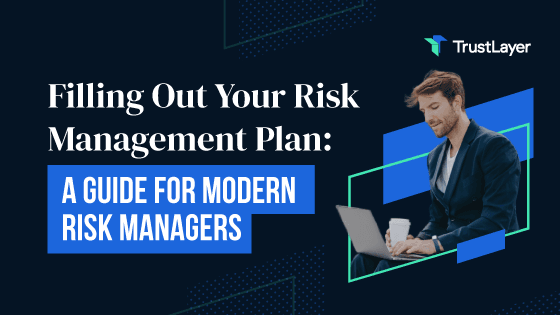Understanding COI Risk Assessment Models
Definition and Importance of COI Risk Assessment
Certificates of Insurance (COI) are critical documents that validate the insurance coverage of vendors and partners. COI Risk Assessment Models are a crucial framework for evaluating the potential liabilities associated with third parties in business operations. These models help organizations quantitatively and qualitatively assess the risk posed by their partners, suppliers, or contractors who must demonstrate their insurance coverage.
Understanding these risks is increasingly important: according to a report by the National Association of Insurance Commissioners, businesses face a growing number of lawsuits, particularly in sectors like construction, logistics, and technology. This escalation highlights the necessity for a robust COI Risk Assessment Model that identifies risks and provides actionable insights on mitigating them. Furthermore, as businesses increasingly engage in complex supply chains and partnerships, diligent oversight of COI documentation becomes paramount. A lapse in this oversight can lead to significant financial repercussions, reputational damage, and even regulatory scrutiny, underscoring the importance of a proactive approach to risk management.
Key Components of COI Risk Assessment Models
COI Risk Assessment Models typically encompass several key components, including:
- Verification of Coverage: Reviewing the adequacy of insurance coverage provided by third parties.
- Limit Evaluation: Assessing liability limits and ensuring they meet organizational standards.
- Claims History: Analyzing past claims made by the vendor to gauge potential future risks.
- Policy Expiration Dates: Monitoring policy renewal dates to ensure continuous coverage.
These components align to create a comprehensive overview of potential risks. By implementing a consistent approach to COI Risk Assessment, businesses can significantly reduce exposure to future liabilities and enhance their risk management strategies. Additionally, organizations may consider integrating technology solutions that automate the tracking and analysis of COI documents. Such tools can streamline the verification process, ensuring all necessary documentation is up-to-date and accessible. This improves efficiency and fosters a culture of accountability and transparency among partners and vendors, which is essential in today’s interconnected business landscape.
Moreover, the evolving nature of risks, such as those posed by cyber threats and environmental liabilities, necessitates that COI Risk Assessment Models adapt accordingly. Businesses should stay informed about emerging trends and adjust their assessment criteria for these new risk factors. By doing so, they can better prepare for unforeseen challenges and maintain a resilient operational framework that safeguards their interests and those of their stakeholders.
The Role of COI Risk Assessment in Business
Identifying Potential Business Threats
Every engagement with third parties presents potential business threats. Organizations can identify specific risks associated with contractors and vendors through practical COI Risk Assessment. For instance, a construction company hiring subcontractors without verified COIs may find itself liable for accidents on-site, leading to significant financial repercussions. This liability can extend beyond immediate costs, affecting the company's reputation and future business opportunities.
By employing COI Risk Assessment Models, organizations can proactively manage risks by asking critical questions such as:
- What is the vendor's financial standing?
- Do they have a history of litigation?
- Are their insurance limits adequate for the projects at hand?
Identifying these factors helps mitigate risks and fosters better vendor relationships by promoting insurance coverage transparency. Additionally, understanding the nuances of each vendor's operational practices can provide insights into their reliability and commitment to safety standards. This comprehensive approach protects the organization and encourages a culture of accountability and diligence among all parties involved.
Enhancing Business Decision Making
Effective decision-making is rooted in accurate risk assessment. With reliable COI data, businesses can make informed choices regarding partnerships and contracts. A statistical analysis from the Risk Management Society indicates that companies employing thorough COI Risk Assessment Models experience a 30% reduction in unexpected claims and liabilities, ultimately leading to enhanced profitability. This reduction in claims can significantly lower insurance premiums over time, allowing companies to allocate resources more effectively.
Moreover, COI Risk Assessment enables businesses to develop strategic partnerships with trusted vendors, which can result in improved service delivery and operational efficiency. Making decisions based on comprehensive risk profiles rather than assumptions leads to a more resilient business framework. Furthermore, integrating technology in COI management, such as automated tracking systems and data analytics, can streamline the assessment process, making it easier for organizations to stay compliant and informed about their third-party relationships. This technological advancement enhances the accuracy of risk assessments and empowers businesses to adapt quickly to changing market conditions and regulatory landscapes.
Mitigating Business Threats through COI Risk Assessment
Proactive Threat Management
Proactive threat management is a foundational strategy in risk mitigation. By instituting a COI Risk Assessment Model, organizations can identify and address potential issues before they escalate into crises. This forward-thinking approach can include regular audits of vendor insurance documentation and claims histories. Additionally, integrating technology such as automated monitoring systems can streamline the process, ensuring that any changes in vendor risk profiles are promptly flagged for review. This real-time insight allows businesses to remain agile and responsive to emerging threats.
The proactive stance not only safeguards the business but also strengthens its reputation. Companies that demonstrate due diligence in assessing their partnerships can enhance their competitive edge, ultimately attracting more clients and partners due to perceived reliability and professionalism. Furthermore, fostering a culture of transparency and accountability within the organization can lead to improved internal communication, enabling teams to work collaboratively in identifying and mitigating risks. This holistic approach protects the organization and cultivates stakeholder trust, reinforcing the company’s commitment to ethical practices.
Strategic Risk Reduction
Risk reduction strategies incorporating COI Risk Assessment can significantly diminish the likelihood of adverse outcomes. By analyzing trends within collected COI data, businesses can develop targeted strategies to reduce exposure to certain types of risks. For instance, if a company frequently engages with vendors in high-risk industries, it can establish standards for insurance limits or specific coverage requirements tailored to those risks. Organizations are committed to safeguarding their operations and assets by taking such strategic measures. Moreover, they can leverage this data to negotiate better terms with vendors, ensuring all parties are aligned on risk management expectations.
Additionally, implementing a continuous feedback loop where lessons learned from past incidents are documented and analyzed can further enhance risk reduction efforts. This iterative process allows organizations to refine their COI Risk Assessment Model over time, adapting to new challenges and evolving industry standards. By investing in employee training and development on risk assessment and management, companies can empower their workforce to be vigilant and proactive in identifying potential threats. Such initiatives bolster the organization’s resilience and contribute to a more informed and engaged team ready to tackle the complexities of modern business environments.
Implementing COI Risk Assessment Models in Your Business
Steps to Incorporate COI Risk Assessment
Implementing COI Risk Assessment Models involves several critical steps:
- Establish Guidelines: Define clear guidelines for what constitutes acceptable insurance coverage.
- Create a Verification Process: Develop a standardized process for verifying vendor COIs.
- Train Relevant Teams: Ensure employees, particularly in procurement and risk management, are trained in the importance of COI assessments.
- Utilize Technology: Consider software solutions like TrustLayer to automate verification and monitoring processes.
By following these steps, businesses can enhance their operational robustness and ensure they are well-prepared to tackle potential risks. Additionally, it is essential to regularly review and update these guidelines to reflect changes in industry standards and regulations. This proactive approach safeguards the organization and builds trust with clients and stakeholders, demonstrating a commitment to responsible risk management.
Overcoming Challenges in Implementation
While implementing COI Risk Assessment Models presents numerous benefits, it can also encounter challenges such as organizational resistance, lack of understanding, or insufficient resources. Overcoming these hurdles requires strong leadership and a clear communication strategy. Addressing concerns directly and providing education on the importance of COI assessments can foster a culture of proactive risk management within the organization. Furthermore, engaging employees in discussions about the potential risks and liabilities associated with inadequate insurance coverage can help them appreciate the value of these assessments.
Moreover, leveraging technology to streamline the COI verification process can alleviate resource constraints. Solutions encompassing automated verification processes enable businesses to manage their risk efficiently without unnecessarily dedicating excessive human resources. By integrating these technologies, organizations can save time and reduce human error, ensuring the verification process is thorough and reliable. Regular system audits can further enhance its effectiveness, allowing businesses to adapt to evolving risks and maintain compliance with industry regulations.
Measuring the Effectiveness of COI Risk Assessment Models
Key Performance Indicators for COI Risk Assessment
To evaluate the success of COI Risk Assessment Models, businesses should establish Key Performance Indicators (KPIs). Some essential KPIs may include:
- Percentage of vendors with verified COIs.
- Reduction in insurance-related claims over a specific period.
- Frequency and severity of incidents linked to third-party engagements.
These metrics provide valuable insights into the COI Risk Assessment process's effectiveness and highlight areas for improvement. Additionally, tracking the time to complete COI assessments can reveal operational efficiencies or bottlenecks. A shorter assessment time indicates a well-optimized system, while longer durations signal the need for further training or technology enhancements. Furthermore, analyzing vendor feedback on the assessment process can offer qualitative data that complements quantitative KPIs, ensuring a holistic view of the risk assessment landscape.
Continuous Improvement and Adaptation in COI Risk Assessment
Investing in COI Risk Assessment should be viewed as an evolving process. Regularly reviewing models and strategies allows businesses to adapt to changing risk landscapes. For instance, shifts in legislation, market conditions, or industry standards necessitate updates to risk assessment practices. This adaptability is crucial in a world where regulatory environments constantly shift, and new risks emerge from technological advancements, such as cybersecurity threats and data privacy concerns.
Organizations committed to continuous improvement protect their interests and position themselves as leaders in sound risk management. This proactive stance enhances their overall reputation and reliability in the eyes of vendors, clients, and other stakeholders. Moreover, fostering a culture of risk awareness within the organization can lead to more informed decision-making at all levels. Training employees on the importance of COI assessments and encouraging them to report potential conflicts can create a more vigilant and engaged workforce, ultimately strengthening the organization’s risk management framework.
As you've learned, COI Risk Assessment is integral to mitigating business threats and staying ahead in today's dynamic risk landscape. TrustLayer is at the forefront of revolutionizing this process, offering a best-in-class COI tracker designed for the modern risk manager. Our platform is trusted by hundreds of thousands of companies for tracking, proof of insurance, and vendor document management. Embrace the future of risk management with TrustLayer's innovative technology that automates the tedious tasks of document collection and verification, freeing you from the administrative burden and saving valuable time and money. Join the leaders who have moved beyond outdated methods and now benefit from our industry-aligned solution. If you care about risk management and are ready to lean forward into modernity, set up a time to talk with our team and discover how TrustLayer can transform your COI Risk Assessment process.








